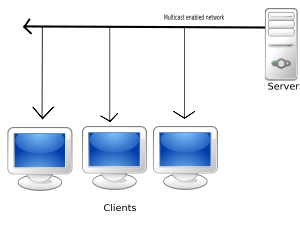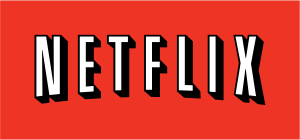
As we’ve previously mentioned, we’ve been redoing our music collection. Now, after weeks of part-time ripping, and some cleanup, it is time to upload the music to various sites, as a test.
Amazon has discontinued its music downloader for Linux and is no longer allowing Linux users to download the .azw file for use with a third-party application. The AZW files are used to download an entire album when purchased.
This occurred concurrently with the rollout of their new Cloud Player product, which included one other fun feature. DRM. Not on the file level. Amazon proudly sells DRM-free MP3s, but to upload or download albums, you need to authorize your device. You are allowed a maximum of 10 devices, you can deauthorize a device and the slot will reopen thirty days later. This includes Android devices. If you don’t do this, you can only download albums one track at a time.
We wanted to see who else was pointing out that this is a DRM-like feature, and came up with an interesting analysis of same by The Leisurely Historian. His theories are: (Comments are ours)
- Compromise negotiated with music labels over cloud player – This seems the most likely. But, is increased monitoring of download/uploads really an unreasonable restriction? We made a complete backup of all of our Amazon purchases locally and we can copy it anywhere(even back to Amazon Cloud Drive, ironically.
- Back door to DRM – We agree that DRM on Kindle and Video has been good to Amazon. But they can’t reverse course on music. So, they’ve created this hybrid model to support keeping people in their ecosystem.
- This is all about User Tracking – This is quite possible. We have the tab…”You listened to ___, people who listened to ___ also bought ____.” This is the classic Amazon upsell method of getting you to buy more, based on offering you things they think you will like.
Related articles
 Ripping Music Revisited(gadgetwisdom.com)
Ripping Music Revisited(gadgetwisdom.com)



















